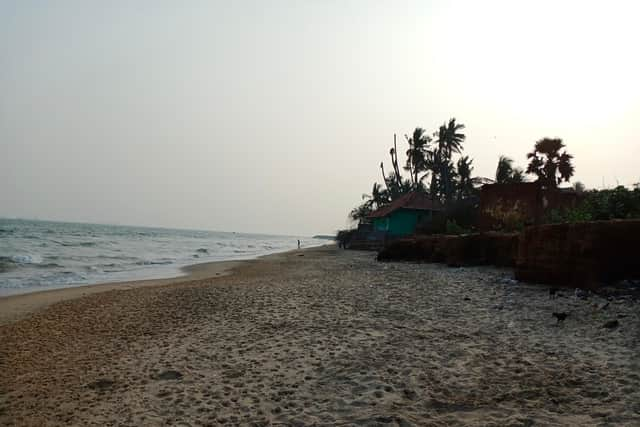COP26: Why India needs to adapt amid cyclones and subsidence caused by climate change
In climate change terms, this means too many people are highly vulnerable to some of the most dramatic impacts of climate change like cyclonic storms and sea-level rise.
Last month around 13 people lost their lives because of rainfall and flooding in the wake of cyclone Gulab.
Advertisement
Hide AdAdvertisement
Hide AdThe cyclone hit districts located along the Bay of Bengal in the east Indian states of Odisha and Andhra Pradesh.


In a rare occurrence, the remnants of this cyclone went on to form another cyclone that ultimately hit Oman's coast and claimed around 12 lives.
And in May, cyclone Yaas made landfall in Odisha, claiming around 20 lives and displacing thousands. A significant reason why the death toll was low is disaster preparedness, born out of having been battered by cyclones multiple times over the past few years.
The Bay of Bengal forms the north-eastern portion of the Indian Ocean. Alongside India, its waters are shared between four other countries – Bangladesh, Myanmar, Indonesia and Sri Lanka.


The waterscape also includes numerous small islands, around 113 million people live along the Bay of Bengal coastline in India.
Between 1891 and 2018, this region was struck by 41 severe cyclonic storms and 21 cyclonic storms. Overall, cyclones formed in this part of the Indian Ocean have led to around 80 per cent of the world's cyclone-related deaths. Sadly, this isn't all.
Other force multipliers like sea-level rise and sinking lands – scientifically referred to as ‘land subsidence' – exacerbate the impact of these cyclones.
In the Indian Ocean, sea-level rise is at its peak along the northern and eastern coasts of the Bay of Bengal. Post cyclone Yaas too, numerous reports pointed to submergence and flooding.
Advertisement
Hide AdAdvertisement
Hide AdAs for subsidence, the Ganges–Brahmaputra–Meghna delta – the world's largest river delta – empties into the Bay of Bengal has sunk by 1 to 7 mm per year since the 1990s.
The delta is home to around 200 million people. Worse yet, the authors of the study estimated that even under a greenhouse gas emission mitigation scenario, "the subsidence could double the projected sea-level rise, making it reach 85 to 140cm across the delta". So there's synergy even among force multipliers.
And it's not just the abundance of water that is causing problems. The delta has also reported freshwater shortages, as have the islands in the Bay of Bengal.
What is happening in the Bay of Bengal today is a result of greenhouse gasses (GHGs) that were emitted years ago. In essence, there is a lag between GHG emissions and their impacts.
So even if we cut all emissions tomorrow, temperatures would remain elevated for centuries.
This means mitigation action taken today can only arrest further warming and ensuing disasters, not make lives easier or even compensate for what has been lost.
And so the need of the hour is adaptation – strengthening resilience capacities of local communities and natural defence mechanisms like mangrove ecosystems. And there's no better place to start than water.
As the adage goes: "Water is to adaptation what energy is to mitigation."
- Rishika Pardikar is a reporter based in India. She writes on wildlife and climate change. This article is part of The Scotsman and Earth Journalism Network partnership – set up by global non-profit organisation Internews.
Comments
Want to join the conversation? Please or to comment on this article.
